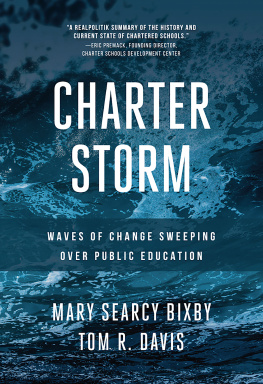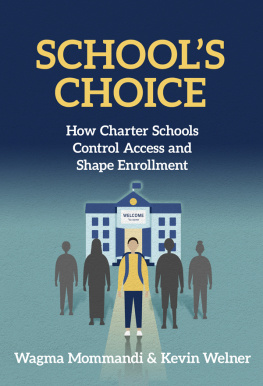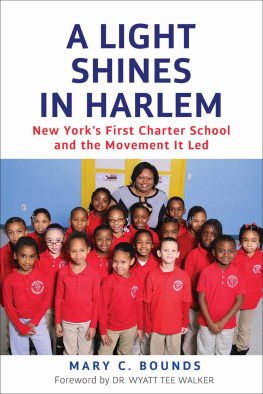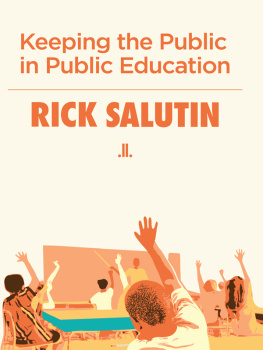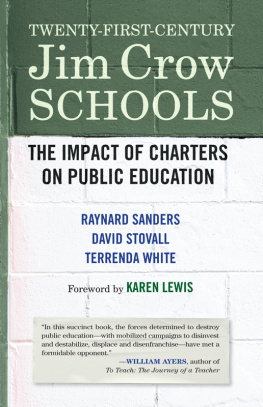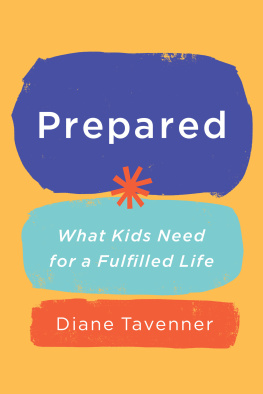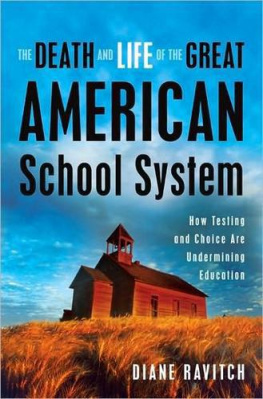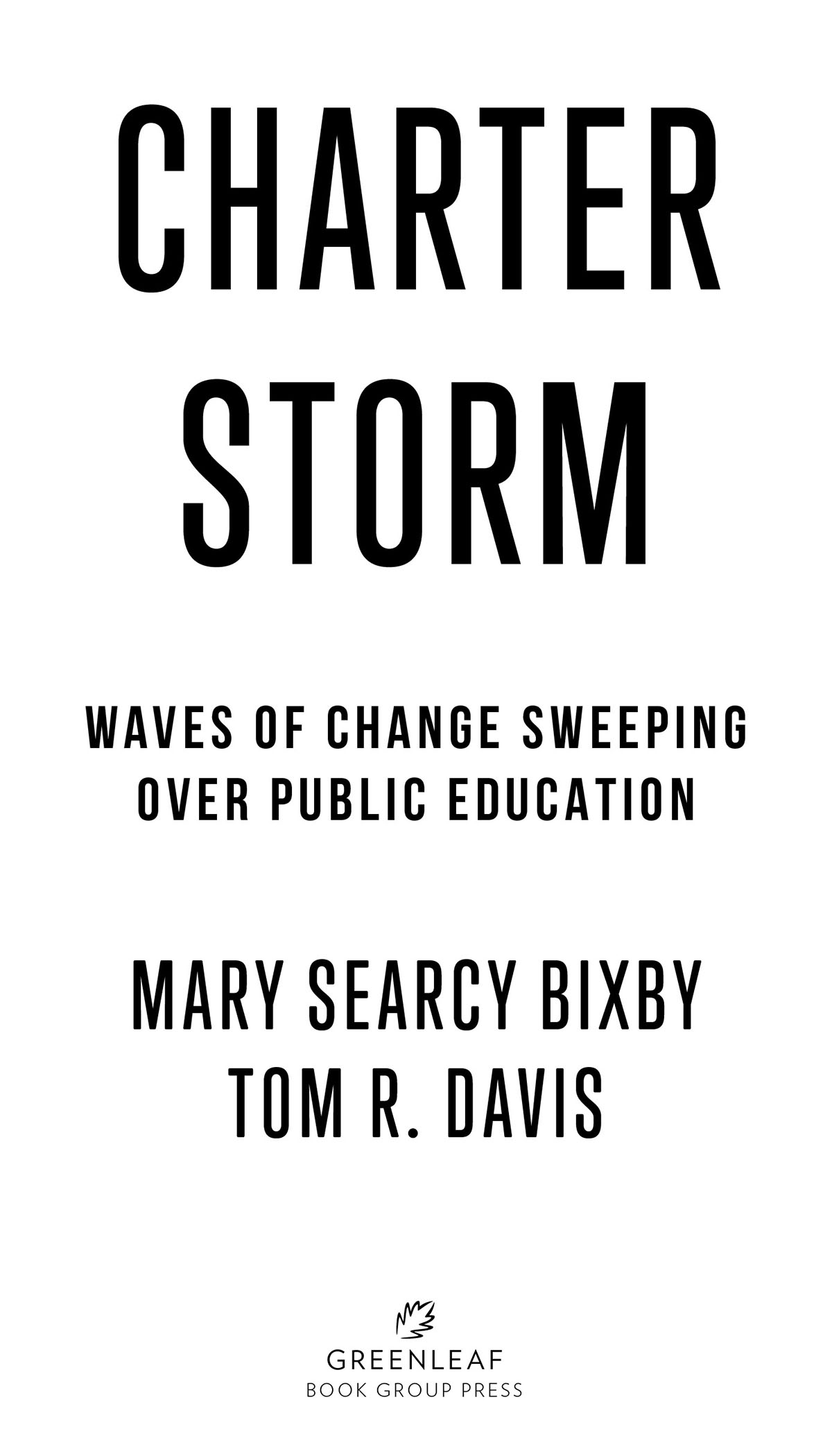This publication is designed to provide accurate and authoritative information in regard to the subject matter covered. It is sold with the understanding that the publisher and author are not engaged in rendering legal, accounting, or other professional services. If legal advice or other expert assistance is required, the services of a competent professional should be sought. 2018 Altus Institute
Published by Greenleaf Book Group Press
Austin, Texas
www.gbgpress.com
Copyright 2018 Altus Institute
All rights reserved.
Thank you for purchasing an authorized edition of this book and for complying with copyright law. No part of this book may be reproduced, stored in a retrieval system, or transmitted by any means, electronic, mechanical, photocopying, recording, or otherwise, without written permission from the copyright holder.
Distributed by Greenleaf Book Group
For ordering information or special discounts for bulk purchases, please contact
Greenleaf Book Group at PO Box 91869, Austin, TX 78709, 512.891.6100.
Publishers Cataloging-in-Publication data is available.
Paperback ISBN: 978-1-62634-581-2
Hardcover ISBN: 978-1-62634-588-1
eBook ISBN: 978-1-62634-582-9
Part of the Tree Neutral program, which offsets the number of trees consumed in the production and printing of this book by taking proactive steps, such as planting trees in direct proportion to the number of trees used: www.treeneutral.com
18 19 20 21 22 23 10 9 8 7 6 5 4 3 2 1
First Edition
This work is dedicated to educational thought changers who have borne the challenge of pushback and have still forged ahead, putting students first.
It is our wish that our thinking will inspire a continued effort to move with assertive and passionate grit.
FOREWORD
O NE MIGHT THINK the ominously titled Charter Storm: Waves of Change Sweeping over Public Education predicts the demise of the chartered schools as an education reform strategy. Far from it: In Charter Storm , veteran educators Mary Bixby and Tom Davis offer a realpolitik summary of the history and current state of chartered schools, combined with clear and unambiguous analysis and advice for practitioners, opponents, and observers.
Bixby and Davis draw from their extensive personal experience as leaders within both the traditional public and chartered systems. Davis is a veteran public school educator with decades of experience in teaching and leading traditional public schools at both the school site and central office levels. More recently, Davis has served as a consultant and executive coach for innovative education organizations, including chartered schools.
Bixby is a twenty-five-year veteran of Californias chartered schools, having founded The Charter School of San Diego in 1994, which later grew into the Altus family of schools. Currently, Altus successfully serves thousands of students in Southern California across multiple districts and counties. With substantial experience working in parochial, traditional public, and chartered schools, Bixby is a keen observer of the sector and has earned and received every award and accolade that a charter school leader can garner in California. Both Bixby and Davis can see the chartered sector through multiple lenses and perspectives as few others can.
More than twenty-five years of helping draft charter school laws in dozens of states and at the federal level has taught this observer that chartered schools are primarily a creature of state law. Key features of state charter school laws vary widely, so cross-state comparisons and analyses are fraught with difficulty. While their expertise is primarily based in California, Bixby and Davis are unique among observers in that they extensively researched both the California and national chartered school scene, comparing their home-state experiences and observations with similarly situated experts across the country. They somehow managed to gain access to a whos who of chartered school thinkers and leaders in every major charter state, interviewing many repeatedly over a lengthy and thorough research effort.
During the mid- and late 1990s, I had the opportunity to work on and help draft many of the charter school laws in states and localities visited by the authors. It has been fascinating for me to compare notes with Bixby and Davis throughout their past several years of research and drafting. They are among a tiny number of individuals who have built a deep understanding of charteringboth in California and nationallyand they are the only practitioners to have done so. Bixby and Daviss deep experience base allowed them to see the forest through the trees, boiling down often fraught details to key economic, political, and strategic themes.
Charter Storm traces key elements in the development of the chartered schools concept, from the originals who developed the concept and nurtured it to its rapid growth in more recent years. Bixby relates these to her firsthand experiences as one of Californias earliest, most innovative, and most successful chartered school founders. While steadily growing her network of schools for more than twenty-five years, Bixby has been a leader among chartered school leaders in her San Diegoarea home base and at a statewide level.
This has given her a deep, firsthand understanding of how school districts, policy makers, the media, and others view and respond to chartered schools. An entire chapter in this book focuses on the many myths that opponents and others have developed to characterize charter schools, including why they persist.
Bixby and Davis offer a tough-love analysis. The burden of dispelling myths, they argue, rests on chartered reform proponents themselves. Its up to them, not the media or researchers, to shed light on the shining example[s] within the chartered schools sector.
Charter Storm places chartering in the larger education reform landscape, categorizing chartered schools among the Big R reform efforts, distinguishing it from Little R efforts that often appear larger than they are. Chartering is a Big R reform because it fundamentally challenges the sustainability and survival of the traditional public school system. While this Big R status is what gives the chartered schools sector its punch, its also what generates resistance and potentially crippling backlash. Wherever chartered schools are growing, pushback is occurring, write Bixby and Davis, who use familiar analogies (e.g., David and Goliath) to illustrate the complex political and economic challenges facing the charter sector. Novices will appreciate this clear explanation and unpretentious analysis, while veteran observers will sharpen their understanding through references and analogies to cutting-edge thinkers, including Malcolm Gladwell and Malcolm Baldrige (Bixbys experience leading a Baldrige Awardwinning organization shows here).
The pushback against chartered schools, in turn, threatens the very strength of the original design of chartered schools: to experiment and develop new ways to operate and inspire students to reach their greatest potential. The first of two chapters on pushback defines the term in the context of tipping points, offering an insightful explanation of several factors that influence school districts individual tipping points. This chapter then explains how these common factors can lead to various forms of pushback from stakeholders and vested interestslargely without regard to the vagaries of state law or local context.

